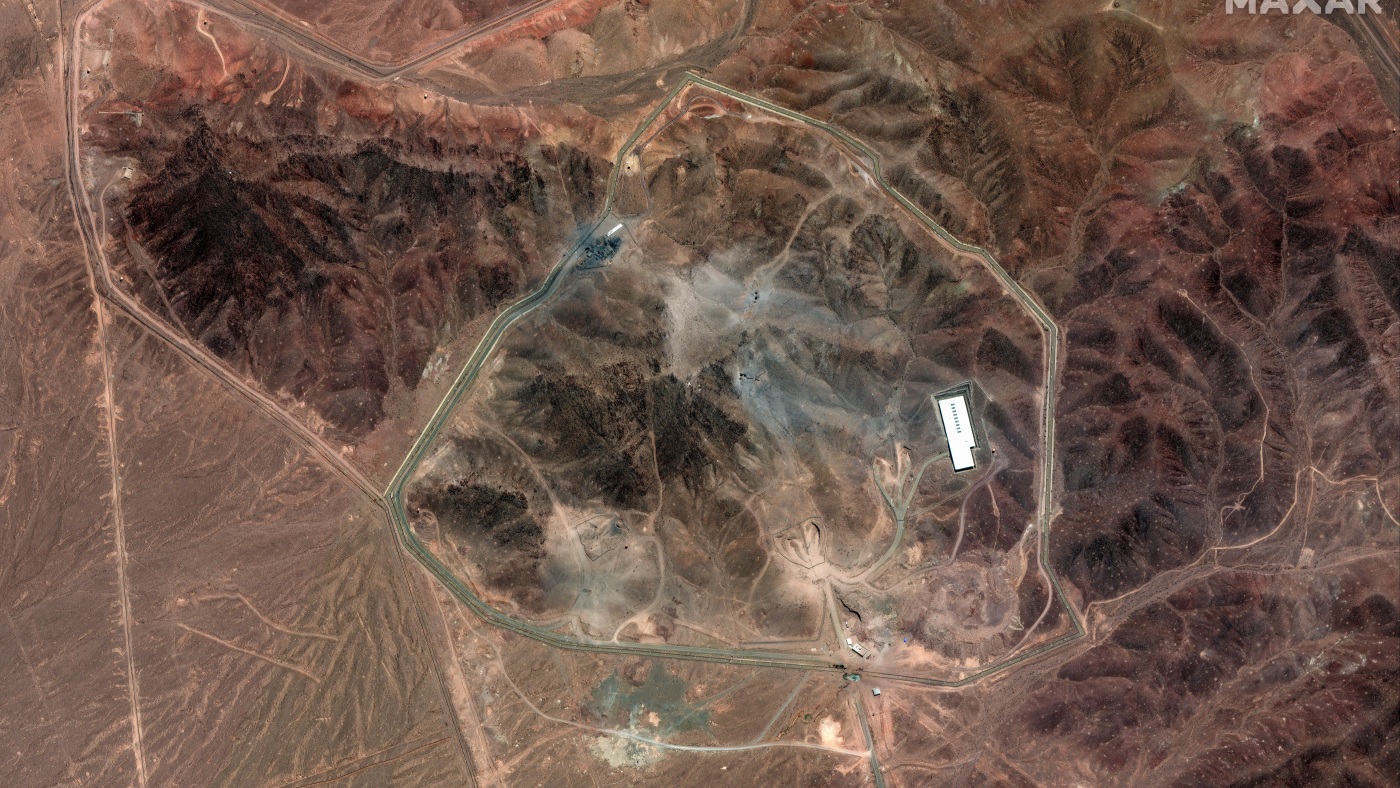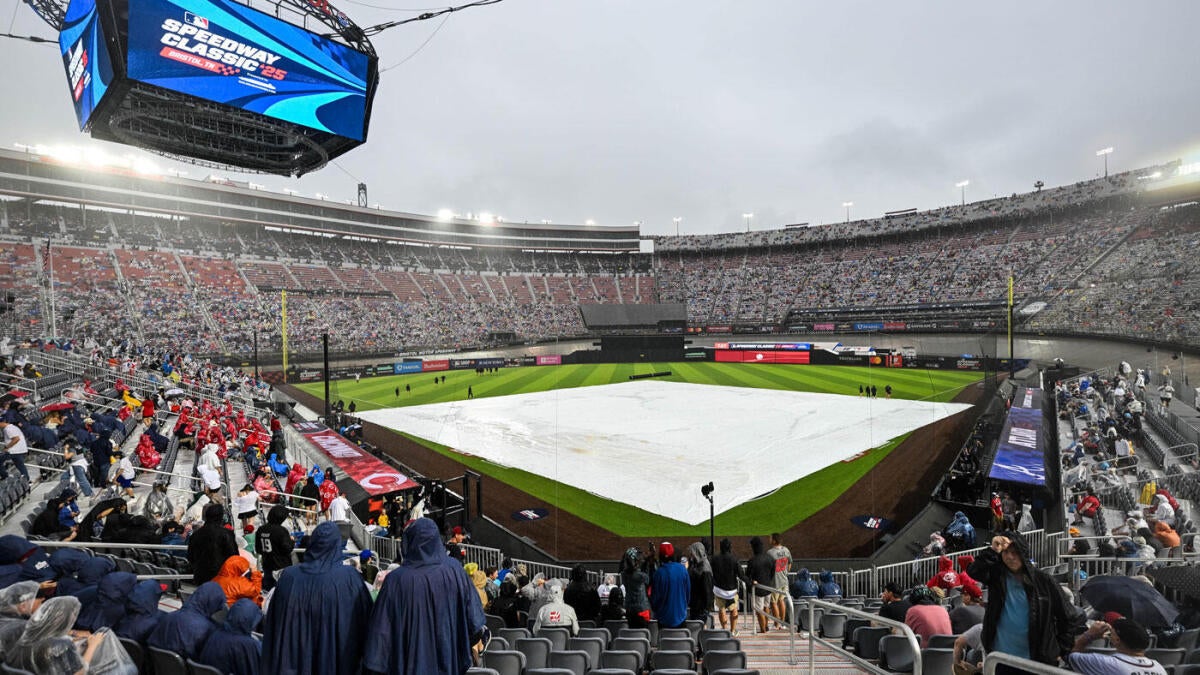The recent assertion that Iran’s nuclear facilities have been “obliterated” by American military action has sparked intense debate, with reactions ranging from jubilation to skepticism. President Donald Trump’s declaration of a decisive victory was met with cautious responses from intelligence and defense professionals, who emphasized the need for verified facts over sensationalist claims. Beneath the headlines, the reality is more nuanced and consequential than the term “obliteration” suggests.
Iran’s nuclear complex is a critical component of its strategic capabilities, comprising several major sites, including Natanz, Fordow, and Isfahan. These facilities house uranium enrichment centrifuges, conversion plants, and stockpiles of nuclear material. The International Atomic Energy Agency (IAEA) has closely monitored these sites for decades, documenting both advancements and setbacks. The design of these facilities, many of which are partially or entirely underground, is intended to withstand aerial bombardment and sabotage.
On June 21, American B-2 bombers targeted three sites in Iran. President Trump hailed the operation as a resounding success, claiming it had set Iran’s nuclear program back “decades.” Satellite images released by the White House showed holes in the ground, burnt access roads, and isolated craters. The administration, supported by early intelligence leaks, repeated the message of “obliteration,” igniting a global discussion about the true extent of the damage and its implications.
Despite the president’s confidence, intelligence assessments were less definitive. The CIA, through Director John Ratcliffe, described the damage as “severely damaging,” particularly to enrichment cascades at Fordow and Natanz. Leaked Defense Intelligence Agency (DIA) documents suggested a more varied outcome: one site was heavily damaged, another moderately, and some functions persisted in undamaged underground sectors. The IAEA’s inspections confirmed craters at access points and superficial burns but noted that some core enrichment facilities appeared structurally intact.
Iran’s government acknowledged “badly damaged” sites but did not admit to program “obliteration.” They reported extensive damage to support infrastructure, such as power lines, access roads, and control buildings, but insisted that the technical core of their capabilities remained largely intact due to geography and reinforced concrete. European and Russian nuclear specialists reviewed open-source satellite imagery and concurred that while there was significant disruption, it was far from total destruction.
The airstrikes undeniably battered segments of Iran’s surface nuclear infrastructure. Power transformers were incinerated, entrances to underground complexes were cratered, and visible machinery was destroyed at Isfahan. However, these visible effects do not necessarily translate to a loss of function in the uranium enrichment or weaponization process. Modern nuclear sites are designed with hidden redundancy, allowing operations to be reconstituted in weeks or months, depending on equipment survivability and access.
US intelligence revised its early “obliteration” assessments, concluding that Iran’s weapons timeline may be set back by “months, not years.” Certain facilities, especially Natanz, may require extensive logistical effort to restore. Specialized imported components for centrifuges and control systems, made scarce by international sanctions, present a bottleneck for rapid recovery. However, because core uranium stockpiles and technical know-how are largely untouched, the setback is finite and surmountable, not existential.
Another aspect is the signaling value of the operation. Regardless of the technical damage, the strike sent a clear warning about US capabilities and political resolve. For some strategists, this deterrent is itself a partial objective, forcing Iran to reconsider escalated nuclear advances. However, deterrence is as much about perceptions as facts, and overstating “obliteration” can undermine credibility if later contradicted by IAEA or intelligence findings.
For President Trump and his supporters, using categorical language like “obliterated” is part of an established pattern—projecting American strength and decisive action. The administration presented satellite images and selective intelligence briefings to reinforce the narrative. Critics, including some within the US intelligence apparatus, worried that overhyping the operation risked embarrassment as facts trickled out and adversaries—or allies—could independently assess the real damage.
Shortly after the strike, policymakers in Europe and Russia expressed concern over escalation. They also noted that, contrary to White House statements, the IAEA had retained partial access to sites and observed continued, if reduced, Iranian nuclear activity. The perception that the US was exaggerating its impact fueled skepticism over Washington’s approach to both information and long-term regional stability.
While Iran was not permanently crippled in its nuclear pursuits, the strikes forced a reassessment of defensive protocols, staffing, and the dispersal of key assets. In the short term, visible steps were taken to improve concealment, harden infrastructure, and develop new underground sites. Internationally, Iran leveraged the attacks as evidence of American aggression, appealing for diplomatic support in global fora.
Within days of the strike, IAEA inspectors were allowed access to some surface-level and support areas. Their initial findings detailed significant surface damage, temporary loss of electrical power, and minor radioactive releases due to breached storage. However, underground enrichment halls, especially at Fordow, were not declared totally inaccessible or destroyed. Uranium stockpiles remained accounted for.
Specialist teams from the Atomic Energy Organization of Iran began emergency repairs. The international nuclear community watched for signs of major civil construction, urgent import orders, or new procurement networks. By most expert estimates, basic enrichment activity could resume within three to six months barring new attacks.
By damaging, but not eradicating, Iran’s capabilities, the US bought time—but also incentivized Iran to further conceal and harden its program. The old game of “cat-and-mouse” between nuclear inspectors and proliferators was intensified, increasing both the complexity and risk of future confrontations.
The operation deepened divisions among advocates for hard military intervention and those favoring negotiation. For European leaders, ambiguity over the true level of damage weakened momentum for multilateral talks. Iran, meanwhile, could choose to accelerate covert advances or offer new transparency in exchange for sanctions relief. The road ahead became both more dangerous and, paradoxically, potentially more open to creative peacemaking.
The aftershocks of the US strike on Iran’s nuclear program reverberate well beyond smoldering concrete or crumpled steel. While “obliteration” makes for a striking headline and a dramatic political soundbite, it fails to capture the reality: The damage to Iran’s nuclear program is substantial but temporary, disruptive not terminal. The symbolic message is forceful, but the technical effect is a pause, not a reset.
In the evolving struggle over nuclear ambition in the Middle East, no action is as irreversible or certain as it may initially appear. Iran’s nuclear future remains, for now, a test of ingenuity, resilience, and the uneasy balance between secret centrifuges and public diplomacy. As the dust settles, it becomes clear that the story is not one of triumphant “obliteration,” but of calculation, consequence, and, above all, ongoing uncertainty.











